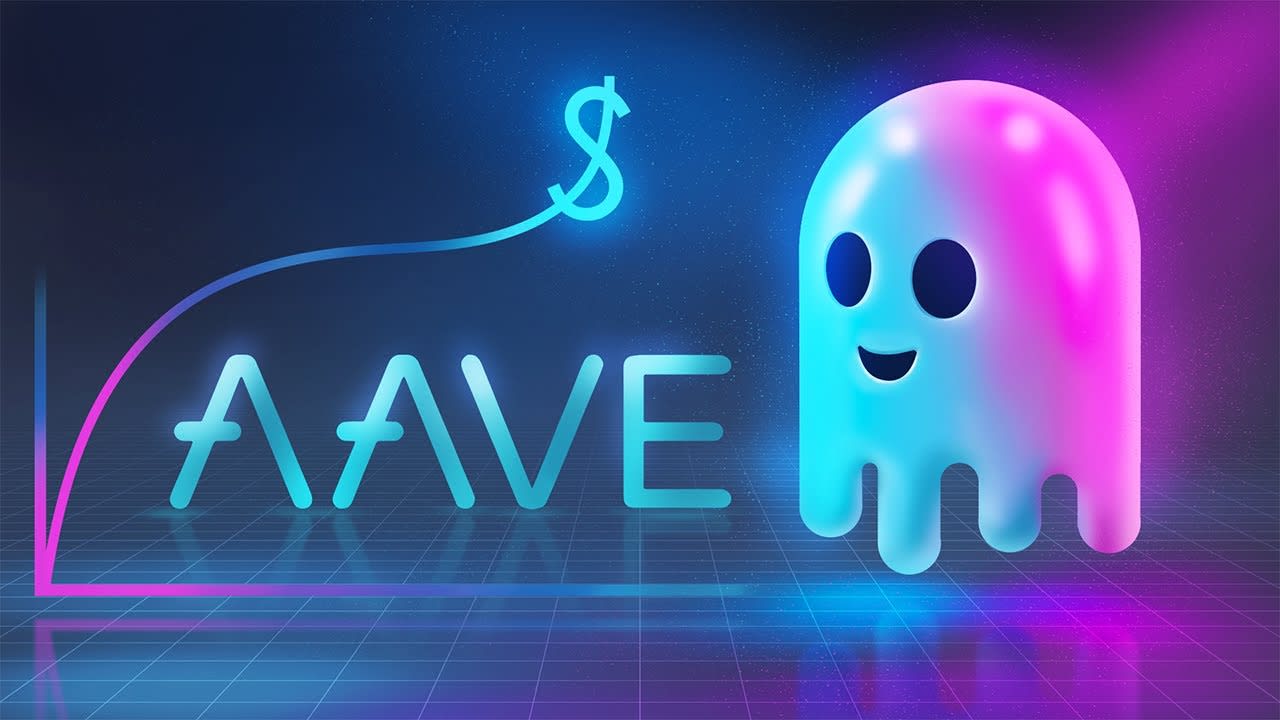Aave Delegates' Gas Usage
An analysis of gas used by delegates voting in AAVE protocol during the past 90 and 180 days.
In this dashboard, We are going to focus on the used gas (transactions fees) by AAVE voters in the past 90 and 180 days. For this purpose, I have divided the dashboard into 2 main tabs for each time frame (past 90 and 180 days)
Moreover, I have analysed the used gas in both $ETH and $USD currencies for more clear and better understanding results.
But firstly, let's read some definitions 🔽

AAVE Protocol and $AAVE Token
Aave protocol is a decentralized finance (DeFi) platform that allows users to lend and borrow cryptocurrencies without the need for traditional financial intermediaries such as banks. It operates on the Ethereum blockchain and uses smart contracts to automate the lending and borrowing process.
Aave (pronounced "ah-veh") was launched in 2017 as ETHLend, but later rebranded to Aave, which means "ghost" in Finnish. The protocol is named after the Finnish word because it allows users to lend and borrow assets without knowing or interacting with each other directly.
Aave has its own native token, called $AAVE, which is used for governance and also serves as collateral for borrowing. Users can stake their AAVE tokens to earn rewards and participate in the governance of the protocol.
Governance Voting
Governance voting in Aave refers to the process by which AAVE token holders can participate in the decision-making process for the Aave protocol. Aave operates as a decentralized autonomous organization (DAO), meaning that the protocol is governed by its community of users, who hold AAVE tokens.
As a holder of AAVE tokens, you have the ability to participate in governance by voting on proposals that can range from changes to the protocol's parameters, such as interest rates and collateral factors, to adding new features and upgrades to the protocol.
To participate in governance, you need to stake your AAVE tokens into the Aave governance module, which is a smart contract that allows you to vote on proposals that are submitted to the Aave Improvement Proposal (AIP) process. The AIP process is a formal process for submitting proposals to the Aave community, where they are reviewed and discussed before being put to a vote.
When a proposal is put up for a vote, AAVE token holders can cast their votes, with each token representing one vote. The proposal will pass if it meets a certain quorum and a certain percentage of votes in favor. The exact thresholds for passing a proposal depend on the type of proposal and are set by the Aave governance module. Read More
What Are Gas Fees?
Gas usage in blockchain refers to the amount of computational resources required to execute a particular transaction or smart contract on the blockchain. In most blockchain networks, such as Ethereum, the gas system is used to regulate the usage of computational resources and prevent malicious actors from clogging the network with spam or other activities that would be detrimental to the network's performance.
In the Ethereum network, gas is the unit of measurement for computational resources, which are required to execute a transaction or smart contract. Every transaction or smart contract execution on the Ethereum network requires a certain amount of gas, which is denominated in a fraction of the cryptocurrency Ether.
The amount of gas required for a transaction or smart contract execution depends on the complexity of the operation and the demand for resources at the time. The higher the demand for computational resources, the more expensive the gas will be, and the longer it will take for the transaction or smart contract to be executed.
Gas usage is an important consideration for users of blockchain networks, as it can impact the cost and speed of transactions. Users can choose to adjust the gas price and gas limit of their transactions to optimize for either lower costs or faster execution times. However, the trade-off between cost and speed is often dependent on the network's overall demand and congestion levels, and can change rapidly over time.
The gas fee is paid to network validators for their services to the blockchain. Without the fees, there would be no incentive for anyone to stake (PoS Networks) or mine (PoW Networks) and help secure the network.
- Gas Used: the amount of gas used by the transaction.
- Fee: the transaction fee calculated from the gas price and the gas used. Fee = Gas Used * Gas Price